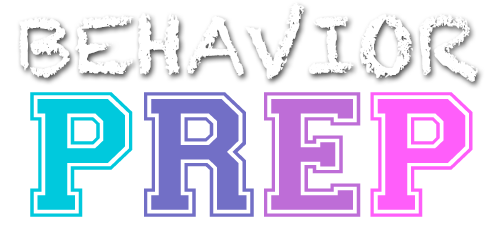E.2 Identify the risks to oneself, others, and the profession as a result of engaging in unethical behavior.
Identifying the risks of unethical behavior means recognizing the potential harm that unethical actions can cause to the individual engaging in the behavior (oneself), the clients or others affected by the behavior, and the profession of behavior analysis. Engaging in unethical practices can lead to negative outcomes such as harm to clients, loss of professional credibility, and legal or disciplinary action.
Risks to Oneself
Example: A BCBA shares confidential client information on social media without permission. This breach of confidentiality could lead to disciplinary action from the Behavior Analyst Certification Board (BACB), legal consequences, and loss of professional certification, damaging their career.
Risks to Others
Example: A BCBA provides an intervention without proper consent or training, leading to harm to the client. This could cause emotional or physical distress to the client and erode trust between the client’s family and the ABA provider.
Risks to the Profession
Example: If several behavior analysts in a community engage in unethical billing practices (e.g., overcharging insurance for services not provided), it can lead to increased scrutiny and negative perceptions of ABA as a profession. This can reduce clients’ access to services and lower trust in behavior analysis as an effective therapy.
